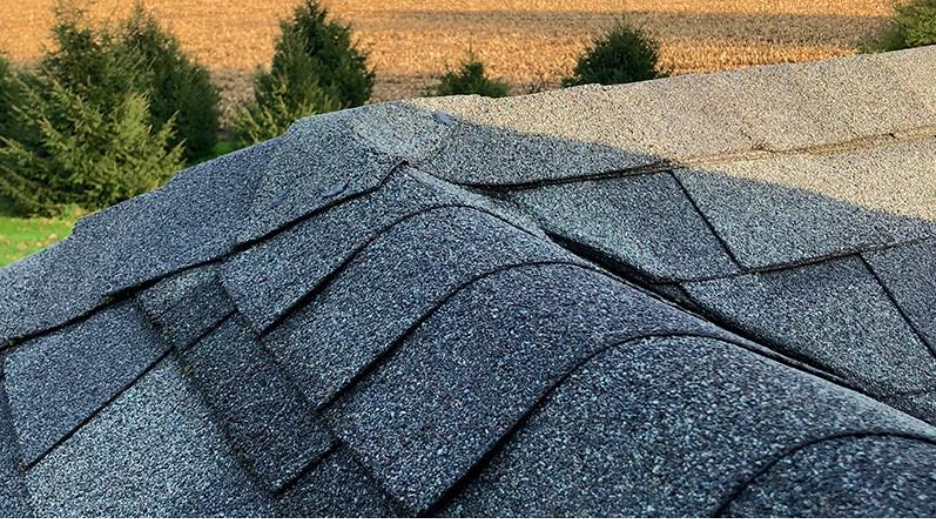Built for Houston Weather—The Stallion Way
At Stallion Roofing & Solar Solutions, we help homeowners in Houston, Cypress, Katy, Spring, and Jersey Village choose roofing that stands up to hail, wind, and heat—without overspending. If you’re weighing Class 3 versus Class 4 impact-resistant shingles, this guide explains what the ratings mean, how they perform in our climate, and how to pick the best fit for your timeline, budget, and future solar plans.

What “Class 3” and “Class 4” Actually Mean
Impact ratings come from UL 2218 testing. Class 3 shingles offer strong resistance to moderate hail and represent a meaningful upgrade over standard architectural shingles. Class 4 is the highest impact rating available for asphalt shingles and is engineered to better withstand larger hail and reduce cracking or bruising that can lead to leaks. In practical Houston terms, Class 3 can cut routine hail damage and repairs, while Class 4 delivers the strongest asphalt defense against spring hailstorms and tropical-season debris.
Which Makes Sense for Houston
Both classes can be part of a high-performing roof system, but their advantages differ slightly. On impact resistance, Class 3 is better than standard shingles; Class 4 is best-in-class. For wind performance, both can achieve high ratings when installed as a complete system, but Class 4 lines more often pair with top wind specs. In day-to-day longevity, Class 4 may retain granules better after impacts, which helps shingles age more gracefully in our hot-and-stormy climate. That typically translates to fewer repairs over time. On insurance, credits sometimes exist for Class 3 and more commonly for Class 4—but eligibility varies by carrier, policy, and ZIP code and is never guaranteed. For solar readiness, both are suitable; Class 4 is often preferred if you plan to add panels soon because it reduces the odds of needing a premature re-roof under your array.
Why Houston Homeowners Upgrade
Upgrading improves resilience during hail season, reduces the chance of shingle fractures and leaks, and helps shingles stay put in high winds when paired with the right adhesives, nailing pattern, and components. Many owners also see a lower lifetime cost: fewer emergency callouts and better protection for decking and interiors. If solar is on your horizon, upgrading before the PV install prevents the added labor of removing and reinstalling panels later.
How to Choose—Class 3 or Class 4
Choose Class 3 if your roof is relatively new, your budget is tight, and you want better-than-standard protection—this is common for lower-exposure areas or rental properties. Choose Class 4 if you’re in known hail corridors across Houston, Cypress, Katy, or Spring, want the strongest asphalt protection available, plan to add solar, or expect to hold the home for 7–15+ years. A simple rule of thumb from our team: if solar is within the next couple of years or you’ve had recent hail in your neighborhood, step up to Class 4 now.
Brands We Install and Recommend
We offer leading impact-resistant lines to match different looks and budgets, including Owens Corning® Duration Storm / Duration Flex, GAF Timberline® AS II, and Malarkey® Legacy—all Class 4 products. Many manufacturers also provide Class 3 options for a mid-tier upgrade if that better aligns with your goals.
Costs, ROI & Insurance
Class 3 typically adds a modest premium over standard architectural shingles; Class 4 costs more upfront but can pay back through fewer repairs and, in some cases, insurance credits. If you’re pursuing a potential discount, keep invoices, product data sheets, installation photos, and any manufacturer Class-rating documentation ready for your agent. Again, discounts aren’t guaranteed and requirements differ by insurer.
Installation Details That Protect Your Warranty (and Performance)
Great materials only perform as designed with great installation. Our crews follow manufacturer-approved fastener counts and nailing patterns, pair shingles with matched starter and hip/ridge components, use high-temperature underlayment and balanced attic ventilation to handle Houston heat, and pay close attention to flashing and sealed penetrations—especially important if you’ll mount solar later.
When to Upgrade
Consider an upgrade after a hail event if you notice bruising, granule loss, or lifted tabs; when your roof reaches 12–20 years or shows material fatigue; or before a planned solar upgrades to avoid double labor and downtime.
📅 Book a FREE Roof Inspection Today!
📍Based in Cypress, TX, serving the Houston, TX, metro and surrounding areas.
Gen-X Certified, Owned & Operated.
Built To Last, Made To Trust. TOTALLY RAD ROOFS!
📞 Call us: (713) 300-9936
🌐 Visit: www.StallionSolutionsPro.com
